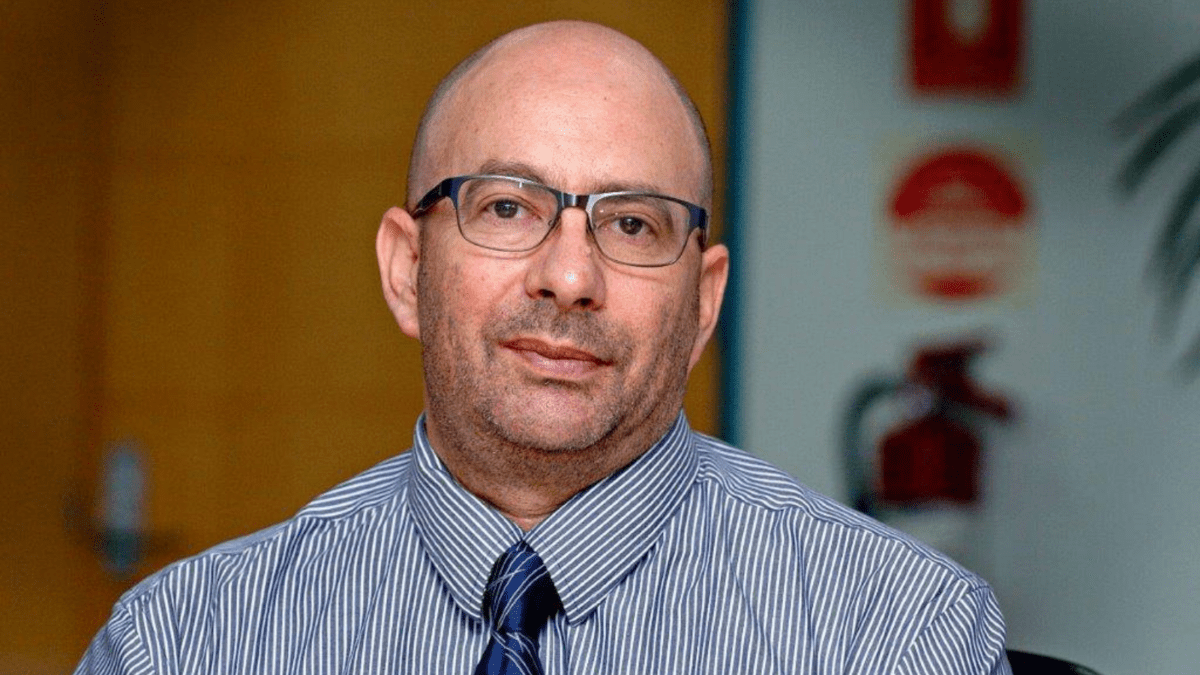Editor’s note: Looking beyond the headlines
While ISN’s top 10 stories are the top 10 for good reason, a single article rarely gets you the whole picture, and the really big stories often unfold in lots of little ones. Here’s a selection that ISN covered over the course of 2023.
The real private markets boom
If there’s one story that shows a shift in how and why super funds invest, it’s the rise and rise of private credit. Talk of the “private markets boom” often obscures the variety of assets found within those markets; an illiquid form of leveraged equity is not necessarily the best asset for a member approaching or in the retirement phase, and new private equity allocations have been flat.
Not so for private credit. Everybody wants in on an asset class that provides stable income in unstable times. AustralianSuper was perhaps the biggest buyer, allocating $1.5 billion to private credit manager Churchill, an affiliate of Nuveen; closer to home, UniSuper tipped a sizeable amount into Revolution Asset Management after picking up an initial allocation through the merger with Australian Catholic Super. Fund managers are also getting in on the boom, building their own capabilities from scratch or buying another manager to get them. And while private credit pros know this current vintage won’t last, it’s unlikely that the new interest in the asset class won’t.
The death of traditional portfolio construction?
The Future Fund marked the first big shift of the year, laying down in the sleepy days of late December 2022 its new way of thinking about the world. Glossy whitepapers are often a poor indicator of how an institutional investor will actually behave (think, for example, of the countless sustainability brochures that have landed on your desks these last few years) but the Future Fund put its money where its mouth is by diving into small caps and making other changes to the portfolio that impacted more than $60 billion of assets.
It did all this in response to macroeconomic trends it believes mirror the stagflationary era of the late 60s to the early 80s, a period where the traditional 60/40 portfolio lost about two per cent each year in real terms. Will the Future Fund’s predictions come true? Likely we’ll find out in 2024.
But you can’t mention the Future Fund without mentioning the proposal to wind it up and use the money to pay down government debt. That proposal was put on the table by Centre for Independent Studies researcher Dimitri Burshtein, who also questioned whether the Future Fund was actually a sovereign wealth fund, talked down its returns and warned that the firewalls that exist between it and the government were not substantial enough to prevent influence being exerted.
You can debate the merits of Burshtein’s plan, but it’s clear from the amount of time the Future Fund and its chairman, Peter Costello, devoted to talking it down over a period of months that the proposal got under somebody’s skin.
Bigger ain’t (always) better
2023 also saw more scrutiny applied to the trend towards bigger and bigger super funds. Likely the final words on fund size came from associate professor Geoff Warren and investment consultant Scott Lawrence in a paper titled Do Superannuation Fund Members Benefit from Large Fund Size? The answer: “it depends”.
“Small funds and large funds can both do well – they just have to do it in a way that befits their size,” Warren said. “They have to identify what they’re good at and execute or implement accordingly. It is possible to be too small – likely because you can’t deliver on the governance or infrastructure requirements to do the basic stuff too well… Can you be too big? There has to be some level at which you’re too big, but I don’t think Australian funds are at that size.”
Of course, big funds have plenty to say about why being big is good. Being able to spread mostly fixed costs across an expansive member base while rampaging through the capital markets works out pretty well for the people running the fund and the people they’re running it for. But being big comes with its share of trouble, particularly in finding somewhere to stash all the money coming in.
“Not so much the scale as the speed of growth makes that goal challenging,” Australian Retirement Trust head of investment strategy Andrew Fisher said in March. “The meaningful investment in your portfolio today that’s at the edge of where you’re comfortable is a small investment five years forward. So you have to work really hard to find lots of good investments… The diversification has really helped: I don’t think you’re going to read about ART losing one or two per cent of the fund in a single investment.”
NAS
And it would be remiss, of course, to not mention NAB Asset Servicing, still in the process of winding down its operations. Parts of the NAS story were important enough to be filed from halfway around the world. While honeymoons were briefly interrupted, ISN brought its readers (almost) the whole story in little pieces: the departure of CEO John Comito when large numbers of staff remained at their desks; the referral deal that Citi struck with NAS; and cornerstone client MLC heading for the greener pastures of BNP Paribas.
But going beyond that story, custody and asset servicing remain the great uncovered sectors in Australian financial news, even by the trades for which they are a natural fit. It’s a pleasure to write about them, and all the areas that ISN covers, for an audience that really knows its stuff (and which occasionally reminds me in terse emails that I studied journalism, not finance).
ISN will return on January 11. Merry Christmas to all, and have a safe and happy holiday.










